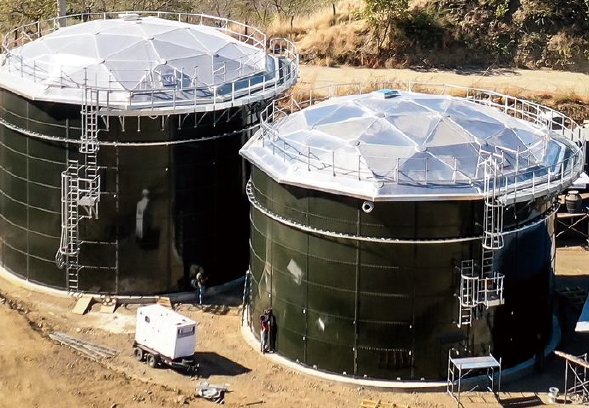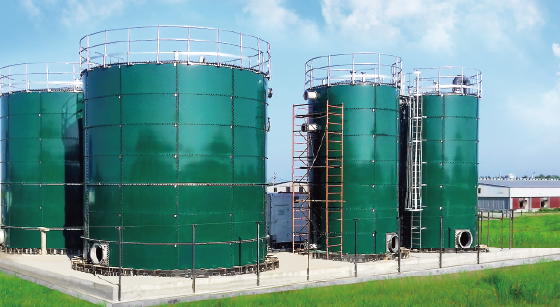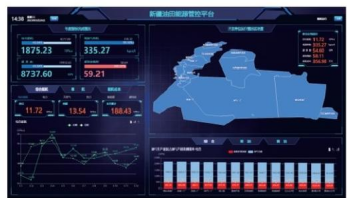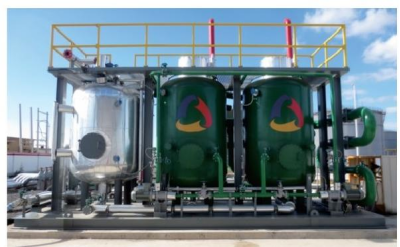1506 ET – Oil futures settle higher in a day of ups and downs. The EIA reported an unexpected weekly crude stock draw, with lower imports offsetting an increase in U.S. production. News that Israel killed Hamas leader Yahya Sinwar prompted some selling, although “Israeli Prime Minister Netanyahu threw some cold water on the sense of optimism by declaring Sinwar’s death does not mean the war is over,” Mizuho’s Robert Yawger says in a note. Record U.S. oil production of 13.5 million b/d, likely “raised some eyebrows at OPEC+,” as the group plans to start unwinding 2.2 million b/d of oil starting in December, Yawger adds. WTI settles up 0.4% at $70.67 a barrel, and Brent rise 0.3% to $74.45 a barrel.
0101 ET – Deals by Amazon.com to back nuclear-power projects across the U.S. are fanning uranium mining stocks Down Under. Uranium demand is forecast by Canaccord Genuity to rise roughly 3.5% a year to 2035 from traditional reactors. “However, big tech could supercharge this,” Canaccord analysts say in a note. Paladin Energy is up 10% at A$12.97/share. Boss Energy is up 6.1% at A$3.63/share. Deep Yellow rises 8.0% to A$1.55/share.
2348 ET – With Woodside’s Sangomar oil-project in Senegal producing at nameplate capacity, UBS assesses what the company’s output and free cash flow outlook looks like. UBS forecasts relatively flat production until its newly acquired Woodside Louisiana LNG project is commissioned around 2029. Due to hefty capex requirements for that project, analyst Tom Allen estimates Woodside’s free cash flow will be soft until it is operational and the Scarborough natural-gas project in Australia is also online. UBS pegs the inflection point in 2029. “We expect dividend-per-share to weaken over 2025-28, as higher tax and depreciation and amortization weighs on underlying earnings,” UBS says. “We continue to expect Woodside to payout 80% of underlying earnings.”
2342 ET – Mercury NZ’s exposure to the natural-gas market continues to concern Forsyth Barr. In a note, analyst Andrew Harvey-Green highlights that gas costs rose by NZ$4.0/GJ in 1Q, and the gas gross margin declined to negative-NZ$3.5/GJ. “We expect 2Q to be significantly better, with spot gas prices averaging less than NZ$10/GJ since the beginning of September 2024, compared to NZ$35/GJ in July and August,” Forsyth Barr says. Still, Mercury NZ is trying to secure contracted gas at a reasonable price. “While a challenge, Mercury NZ’s retail gas volumes are less material than electricity,” Forsyth Barr says, retaining an outperform call on the stock.
2335 ET – Contact Energy is operating in a sweet spot at present, but it won’t last, says Forsyth Barr. It expects October will be another strong month for the company, before reverting to a more normal pattern in the following months. Analyst Andrew Harvey-Green expects Contact’s performance to come under pressure late in FY 2025. “While Meridian Energy has had to absorb the impact of high-cost hedging, the high-cost gas Contact Energy acquired from Methanex has been stored and has not impacted the P&L, yet,” Forsyth Barr says. When that gas is used—likely in 4Q 2025 and 1Q 2026, and possibly earlier if New Zealand has a dry summer—then Contact Energy’s results will take a hit, the bank says.
2025 ET – Oil rises in the early Asian session amid renewed geopolitical tensions in the Middle East. Israeli air strikes hit a municipal building in southern Lebanon, killing the city’s mayor and at least 15 others, the WSJ reported, citing state media. Also, Israel renewed its air campaign in Beirut after a lull of several days, hitting the city’s southern suburbs where Hezbollah has a substantial presence, the WSJ reported. The “emerging geopolitical factors continue to cast a shadow over the market,” says Rania Gule, senior market analyst at XS.com, in an email. Front-month WTI crude oil futures are up 0.6% at $70.84/bbl; front-month Brent crude oil futures are 0.6% higher at $74.67/bbl.
1958 ET – Morgans is more positive about Woodside’s acquisition of LNG project developer Tellurian than its bigger deal for an ammonia plant in Texas. Analyst Adrian Prendergast says the market’s doubts about Tellurian’s Driftwood LNG project, now renamed Woodside Louisiana LNG, mainly reflect oil-price concerns. That’s perplexing, he argues, because Woodside is a top-tier company striking a counter-cyclical deal, rather than one at the top of the energy cycle. “The concerns appear mostly balance sheet related,” Morgans says. Yet Woodside has navigated two years of peak capex with an easily manageable amount of debt, the bank says. Also, Woodside has stressed it won’t make a final investment decision without line-of-sight on an incoming strategic partner, and it again beat consensus estimates for earnings and cash flow, Morgans says.

















